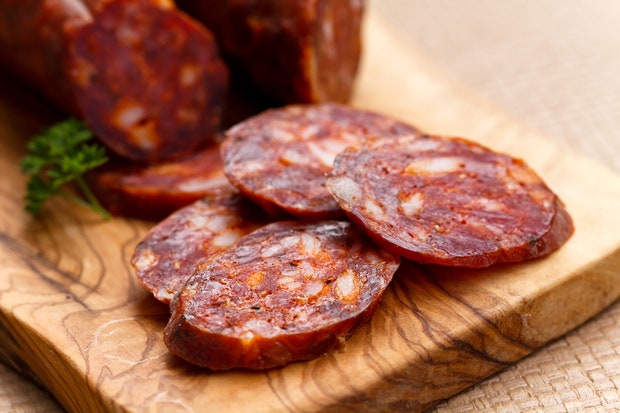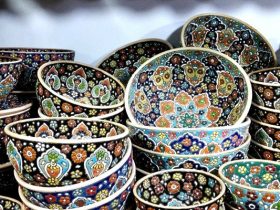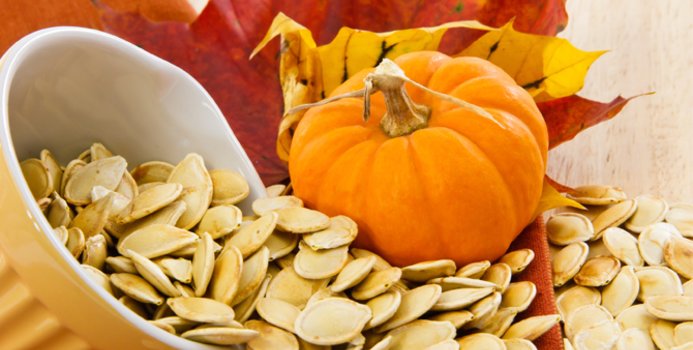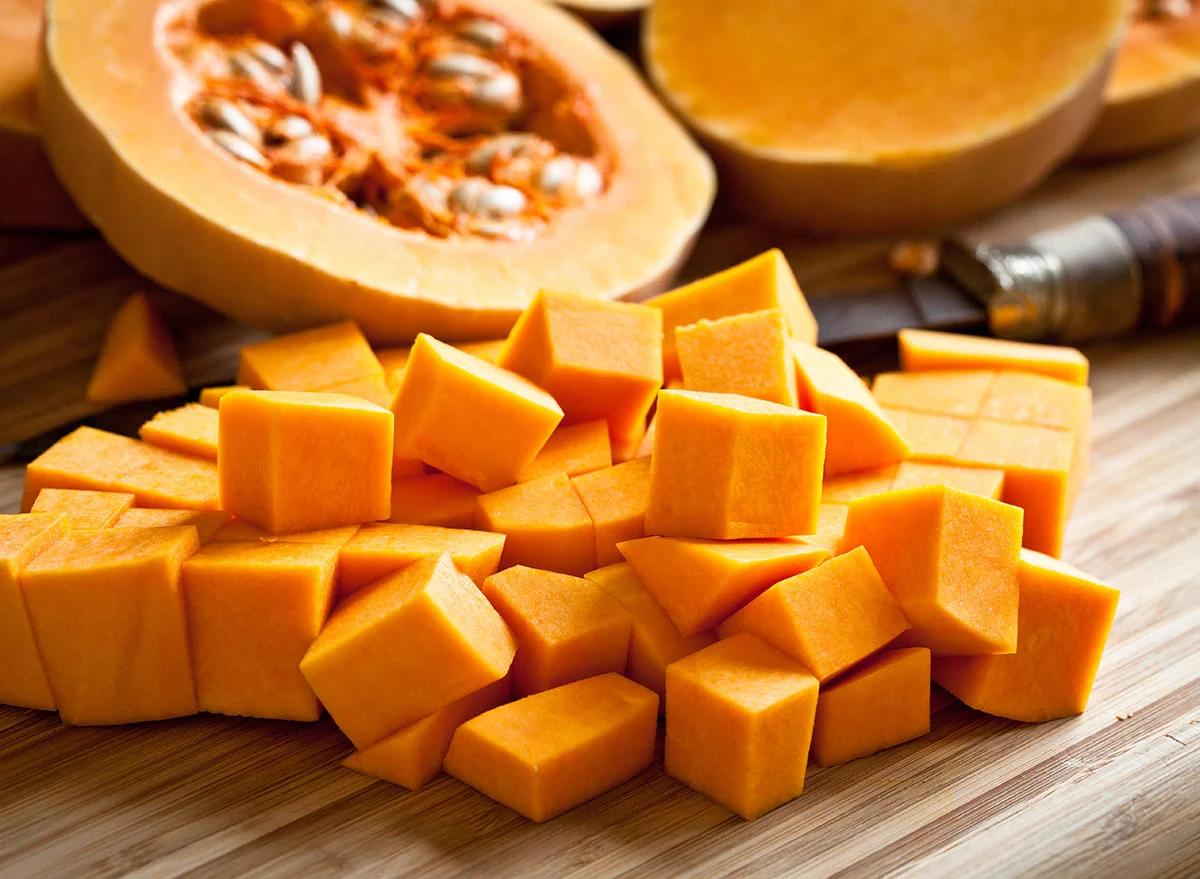
If there is a food that has suffered in its own flesh – how funny I am today, mother – the stakes of the new healthy conscience, that is the chorizo. By disappearing, it has made it even of children’s sandwiches. And if you are one of those people who loves this sausage, you will have seen that they even look at you badly if it occurs to you to eat a choripán in public. Because the chorizo is an informer. Someone is eating it 10 meters from you and you smell it perfectly. It is impossible to go unnoticed while eating chorizo.
Paradoxes of life, while we Spaniards banish chorizo from our diet and change it for cold turkey meat -for example-, he conquers Europe. So much so that 75% of Spanish chorizo sales are concentrated in the European Union according to data from the Spanish Chorizo Consortium. France and Great Britain are the most ‘chorifriends’.
BUT DOES IT HAVE ANYTHING GOOD BESIDES IT BEING SIN?
In defense of this very Spanish food, let’s look for its nutritional virtues, which it surely has. To begin with, and despite being a food rich in sodium and cholesterol (its weak points, we would say, although there are more and more ‘low-salt’ products) it also stands out for its iron content (2.10 mg per 100 g), its 180 mg of potassium, its phosphorus (270 mg) and the B vitamins (especially B3) it contains. Of course, it benefits from the properties of the paprika that colors it and gives it its characteristic flavor along with garlic, which is an interesting antioxidant.
Regarding calories, why are we going to fool ourselves, it does not have few. On average, about 400 per 100 g, the same more or less than Emmental cheese or Roquefort, 200 less than hazelnuts). Of course, the sobrasada beats him by a landslide (a champion, with no less than 600 Kcal per 100 g).
BEST EXTRA, IBERIAN, WITHOUT ADDITIVES
Obviously, the Iberian chorizo is healthier (and is richer) than the non-Iberian, simply because the minced meat with which it is made is of better quality, with a healthier fat. And of course, when choosing, you have to opt for the ‘extra’ category, which guarantee a higher percentage of lean meat, often coming from parts of the animal such as the shoulder or the loin. For the tranquility of those who flee from additives like the plague, there are more and more chorizos without them, that is, they only use salt and paprika to protect the meat from its degradation.
Conclusion: unless you are on a diet, if you like chorizo, indulge yourself, but with caution (almost no pleasure brings out its full potential in excess). When choosing it, quality takes precedence over quantity (yes, it will cost you more, but it will be much cheaper for your body); eat it preferably in the morning (having a chorizo sandwich for dinner is a sure way to accumulate fat in the places where you least want to accumulate it); and, if you can, better without bread, so that it costs your body less to digest it. And enjoy!










